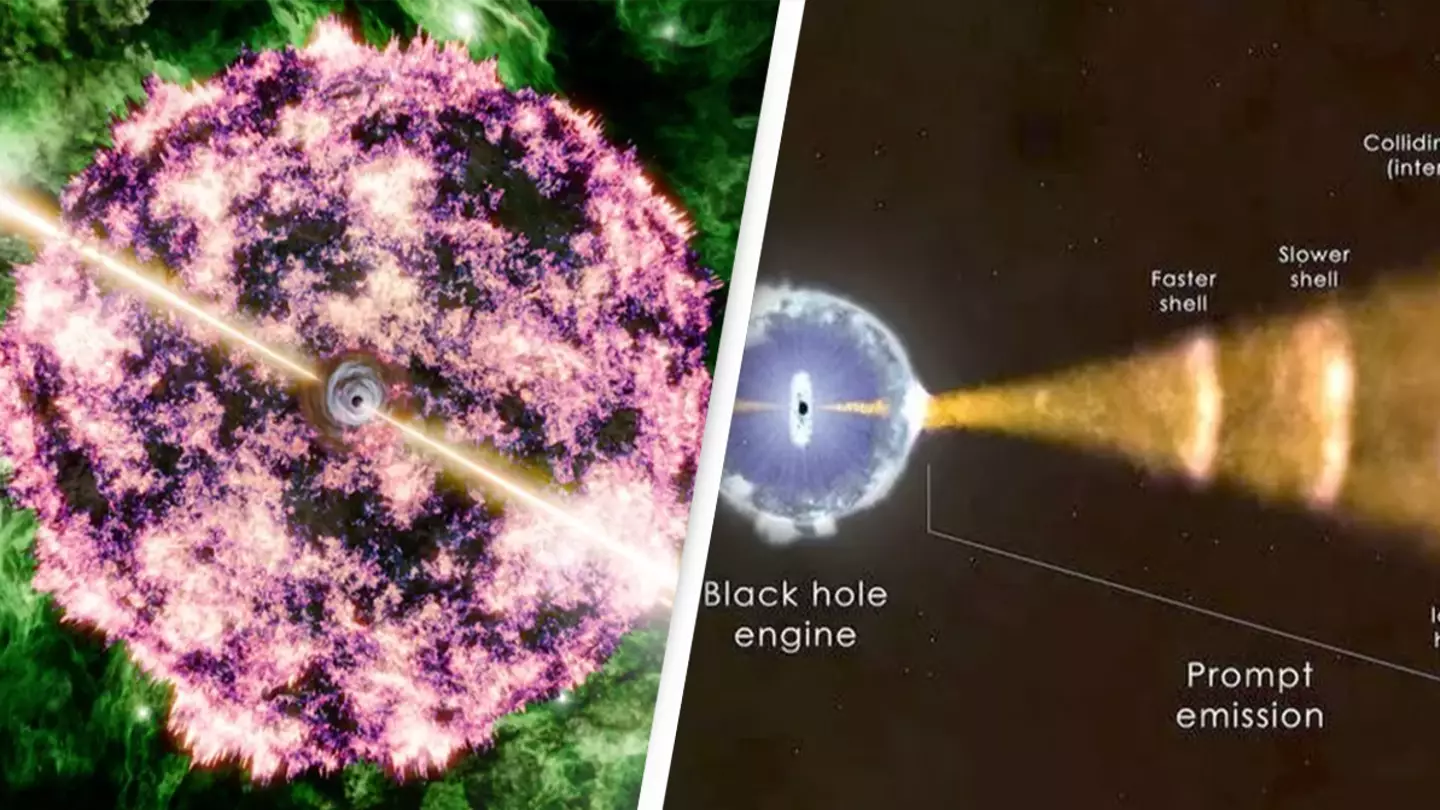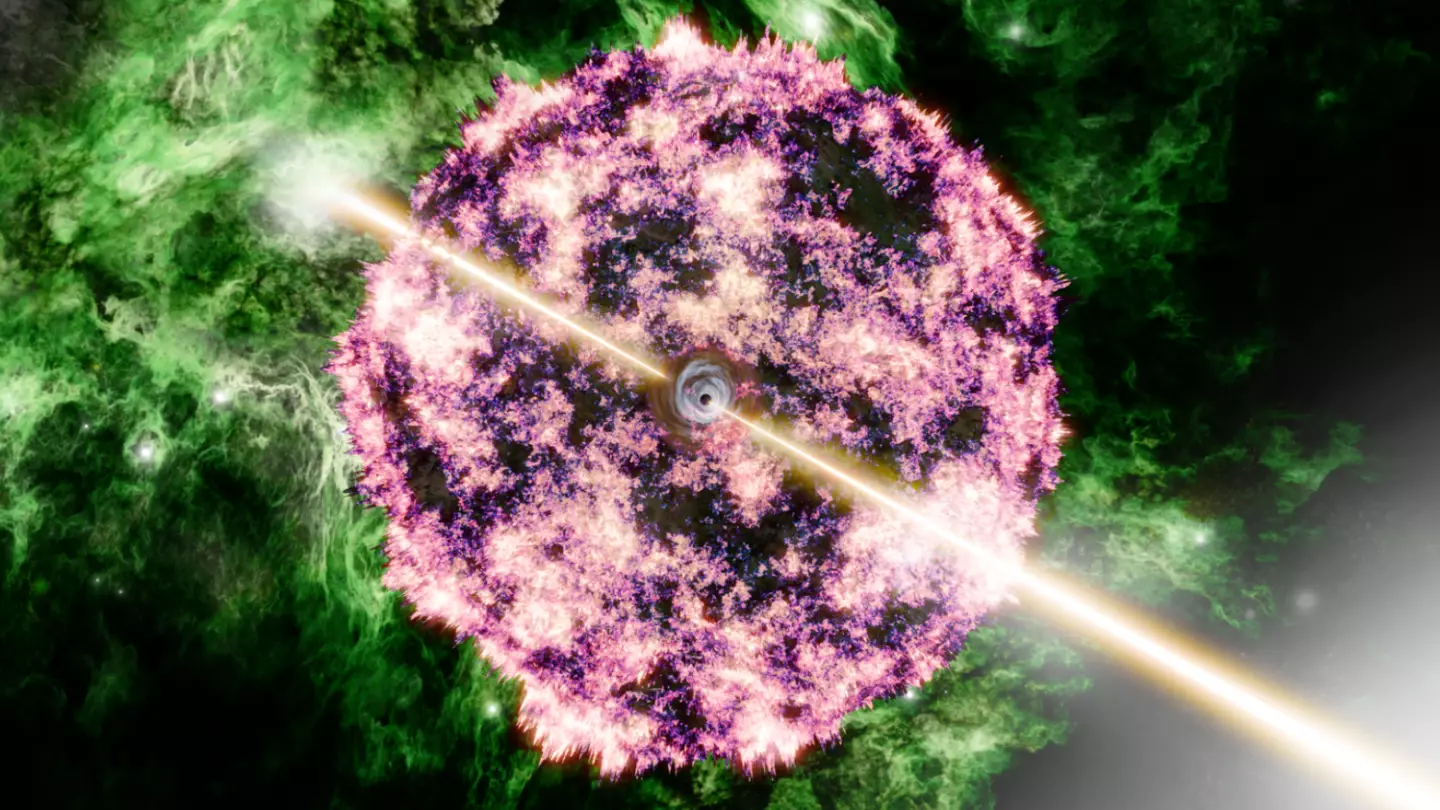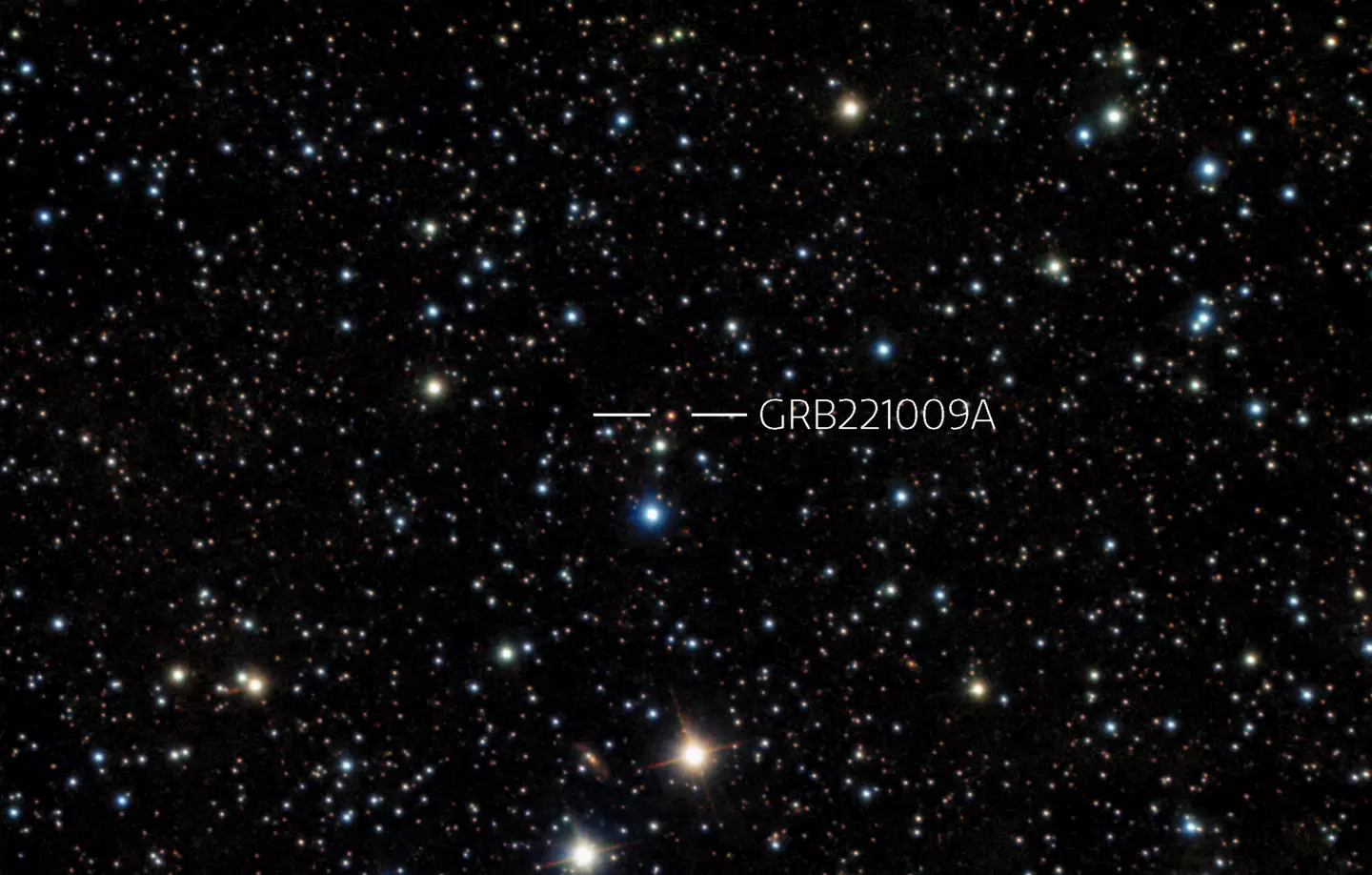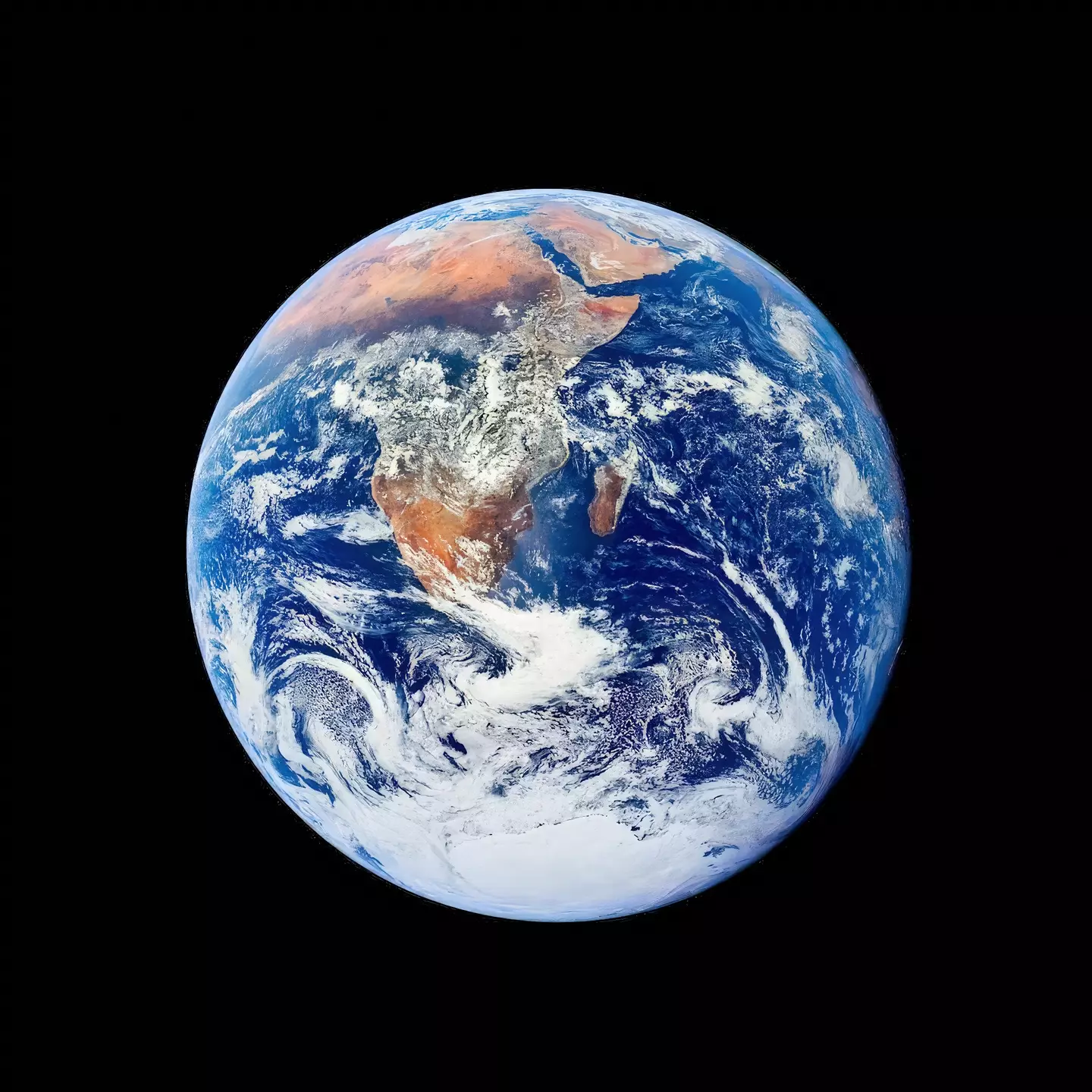
Scientists were left with goosebumps following the discovery of a historic gamma-ray burst.
In October 2022, NASA's Fermi Gamma-ray Space Telescope and the Neil Gehrels Swift Observatory detected a huge explosion.
Officially known as a gamma-ray burst (GRB), the explosion made history as the brightest of all time. It's now often referred to at the BOAT or by its official name of GRB221009A.

Advert
As to what exactly GRBs are, scientists describe them as 'transient flashes of high-energy photons from cosmological distances produced when a black hole drives a relativistic jet pointing toward Earth'.
Speaking around the time the GRB was seen, one of the discoverers of BOAT and associate professor of physics and astronomy and leader of the Fong Group at Northwestern, Wen-fai Fong, said: "As long as we have been able to detect GRBs, there is no question that this GRB is the brightest we have ever witnessed by a factor of 10 or more.
"Because the GRB is so bright, we expect to be able to monitor it for several months. It’s currently in its infancy, and we are learning more with each new passing observation."

Advert
Research leader Maria Edvige Ravasio from Radboud University added: "A few minutes after the BOAT erupted, Fermi's Gamma-ray Burst Monitor recorded an unusual energy peak that caught our attention.
"When I first saw that signal, it gave me goosebumps. Our analysis since then shows it to be the first high-confidence emission line ever seen in 50 years of studying GRBs."
It's since been labelled as possibly the biggest explosion since the Big Bang, according to Space.com.
To put into perspective just how big these GBRs are, if one was to occur within a few thousand light-years of Earth, it would pretty much wipe out our entire planet.
Advert

In regards to the GBR seen in 2022, it's believed that one like that will only be visible in the sky over Earth once every 10,000 years.
While the GBR obviously did not destroy Earth, it was still found to have impacted our atmosphere.
Last year it was revealed that one of the many layers of the Earth's atmosphere was disturbed in that top half at around 310 miles altitude. Anywhere above 217 miles in altitude is considered the top half.
Advert
The so-called disturbances detected refer to a change in the upper atmosphere's electric field.
As to what caused the the famous GBR, it's said that 'GRB221009A was likely caused by the collapse of a massive star with up to 30 times the mass of our sun'.